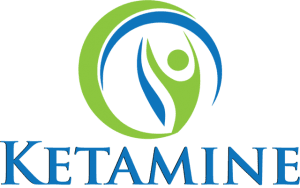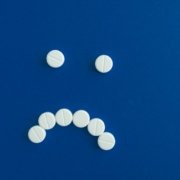Ketamine Nasal Spray USA: Top 5 Breakthroughs 2025
Ketamine nasal spray is an important breakthrough in treating treatment-resistant depression in the USA. As an effective option for those not finding relief with traditional antidepressants, this nasal spray can deliver rapid results and is FDA-approved, specifically for esketamine, a potent component of ketamine.
Key Points:
- Treatment for Severe Depression: Designed for patients who have not responded to at least two other antidepressants.
- FDA-Approved: Approved for use in certified clinics; it represents a significant advancement in depression treatment.
- Quick Symptom Relief: Provides rapid relief, often within hours, versus weeks for other antidepressants.
In March 2019, esketamine received its FDA approval, ushering in a new era of hope for individuals struggling with resistant forms of depression. Unlike traditional options, esketamine works differently by increasing glutamate levels, offering quick symptom relief. This development is particularly reassuring in an era where rapid treatment solutions are in high demand.

Understanding Ketamine Nasal Spray
Ketamine nasal spray is a modern approach to managing treatment-resistant depression (TRD). This form of depression is particularly challenging as it does not respond to at least two different types of traditional antidepressants. The introduction of ketamine, specifically esketamine, offers a new pathway for relief.
What is Esketamine?
Esketamine is a refined version of ketamine, designed to target depression symptoms more effectively. While ketamine has been used for decades as an anesthetic, esketamine is custom for mental health treatment. It is administered as a nasal spray, which makes it less invasive compared to intravenous methods.
How Does It Work?
Unlike common antidepressants that primarily influence serotonin, norepinephrine, or dopamine, esketamine works on the brain’s glutamate system. Glutamate is a key neurotransmitter involved in learning and memory. By increasing glutamate levels, esketamine helps form new neural connections, which can alleviate depression symptoms rapidly.
Why Is It Effective for TRD?
Patients with treatment-resistant depression often find little relief from traditional medications. Esketamine offers a fast-acting alternative, with many individuals experiencing symptom relief within hours. This rapid action is crucial for those who have not benefited from other treatments.

Administration and Monitoring
The nasal spray is administered in certified clinics under strict supervision due to its potential side effects, which include dissociation and increased blood pressure. Patients are typically monitored for at least two hours post-administration to ensure safety.
Key Takeaways:
- Innovative Treatment: Offers hope for those with TRD who have not responded to other therapies.
- Fast-Acting: Provides relief much quicker than traditional antidepressants.
- Supervised Use: Administered in a controlled environment to manage and monitor side effects.
The development of ketamine nasal spray USA has marked a significant advancement in treating severe depression, providing a new option for those who have struggled to find effective solutions.
Ketamine Nasal Spray USA: Availability and Regulations
Ketamine nasal spray has emerged as a promising option for individuals with treatment-resistant depression in the USA. However, its availability is tightly regulated to ensure patient safety and minimize risks.### FDA Approval and Restrictions
Esketamine, marketed as Spravato, received FDA approval in 2019 specifically for treatment-resistant depression. This approval was a significant milestone, addressing a critical need for new therapies in mental health. However, due to potential side effects like sedation and dissociation, the FDA has placed strict controls on its distribution.
REMS Program
The Risk Evaluation and Mitigation Strategy (REMS) program is a crucial component of esketamine’s availability. This program ensures that both patients and healthcare providers are aware of and can manage the risks associated with the treatment. Under REMS











